Strychnos spinosa (Kaffir Orange)
Top Tropicals Plant Encyclopedia
Botanical name: Strychnos spinosa
Common names: Kaffir Orange, Spiny Orange, Green Monkey Orange
Family: Loganiaceae
Origin: Tropical Africa, Madagascar










The Monkey Orange is a captivating fruit tree from tropical Africa and Madagascar, known for its vibrant yellow fruits and wide range of uses.
This small to medium-sized tree, has glossy leaves and thorny branches that make it visually striking.
What does the Monkey Orange taste like? The fruits, size of an orange, have a hard shell that protects their sweet-tart pulp with interesting pleasant taste somewhat similar to mangosteen. Some people say it tastes like a mix of citrus and pineapple with a hint of fermentation.
Rich in vitamin C and B vitamins, the fruit can be enjoyed fresh or transformed into jams, juices, and even wine.
Its durable wood is prized for carvings, and its leaves and roots are used in traditional medicine and as natural insecticides.
Slow-growing yet resilient, this hardy tree thrives in full sun and well-drained soil, offering beauty, nourishment, and practicality - an excellent choice for tropical or subtropical landscapes.
Why is it called Monkey Orange?
The "monkey orange" likely gets its name from its appeal to monkeys that eat the fruit and distribute the seeds in their habitat in Africa.
The seeds and unripe fruits are toxic. The seeds must be avoided though as they are poisonous or could have purgative effects.
Similar plants: Strychnos spinosa (Kaffir Orange)
What does the Monkey Orange taste like? The fruits, size of an orange, have a hard shell that protects their sweet-tart pulp with interesting pleasant taste somewhat similar to mangosteen. Some people say it tastes like a mix of citrus and pineapple with a hint of fermentation.
Rich in vitamin C and B vitamins, the fruit can be enjoyed fresh or transformed into jams, juices, and even wine.
Its durable wood is prized for carvings, and its leaves and roots are used in traditional medicine and as natural insecticides.
Slow-growing yet resilient, this hardy tree thrives in full sun and well-drained soil, offering beauty, nourishment, and practicality - an excellent choice for tropical or subtropical landscapes.
Why is it called Monkey Orange?
The "monkey orange" likely gets its name from its appeal to monkeys that eat the fruit and distribute the seeds in their habitat in Africa.
Recommended Fertilizer: SUNSHINE Megaflor - Bloom Nutrition Booster
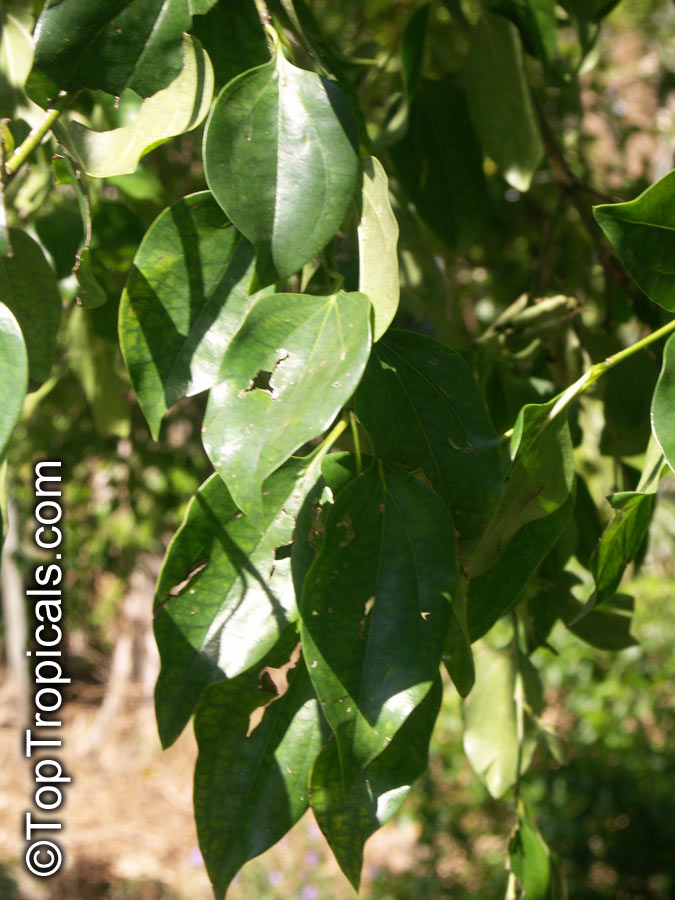
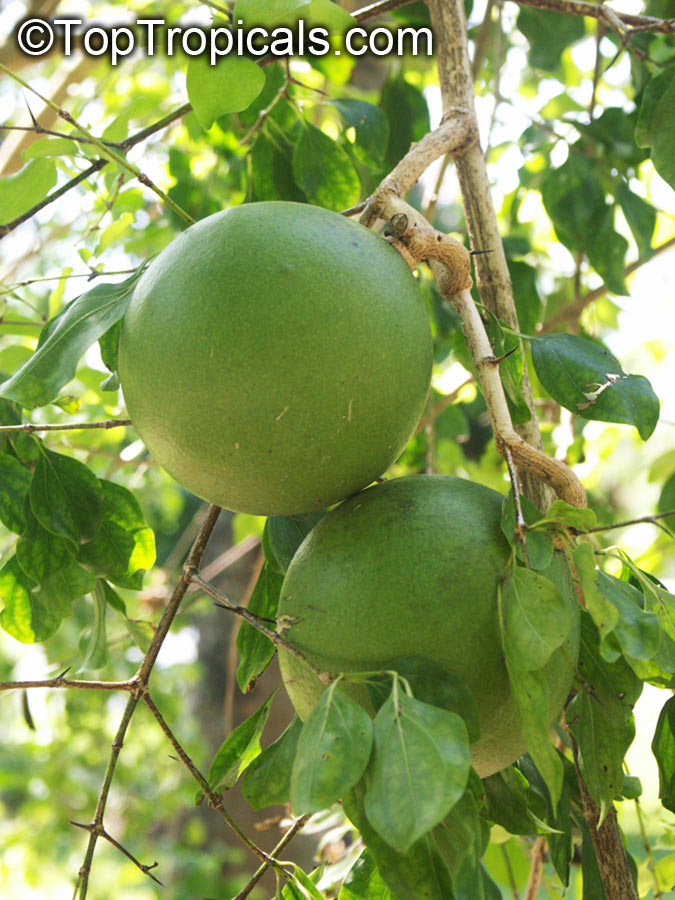
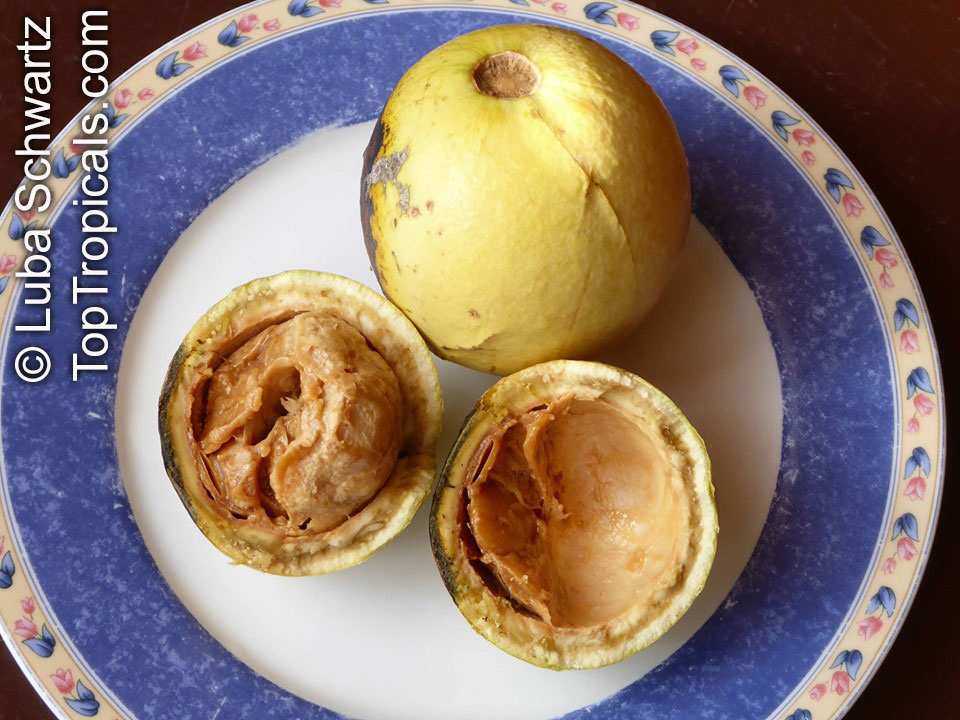
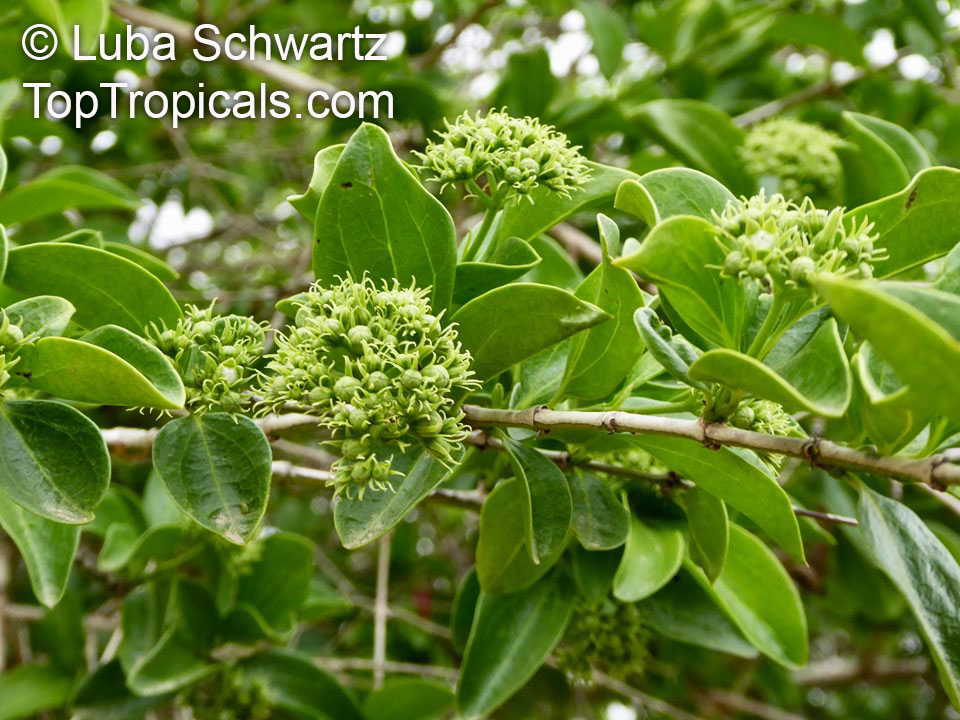
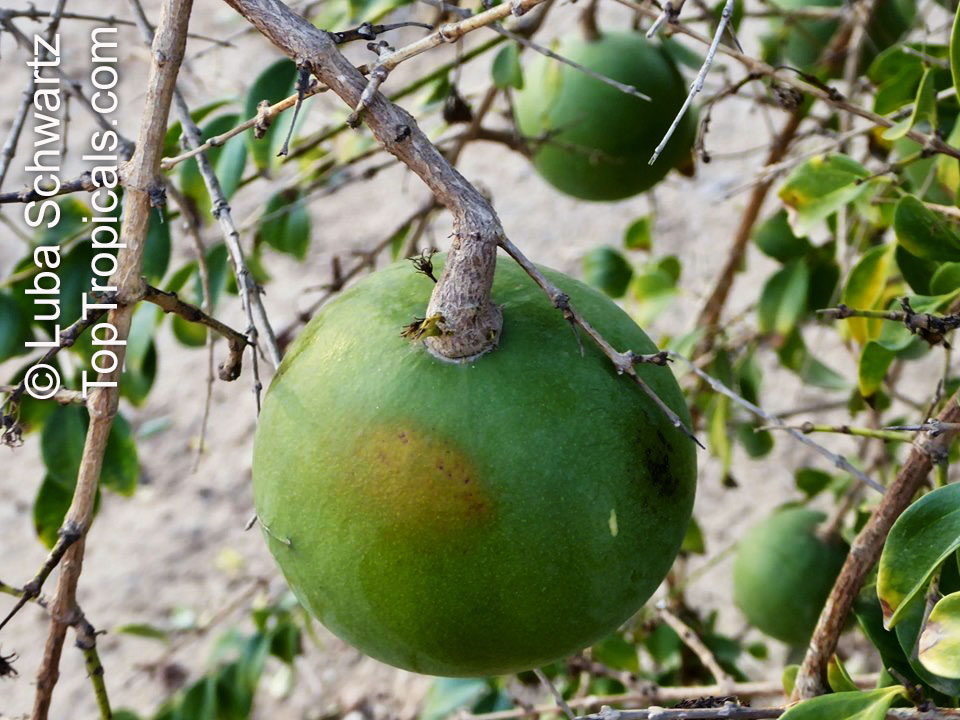
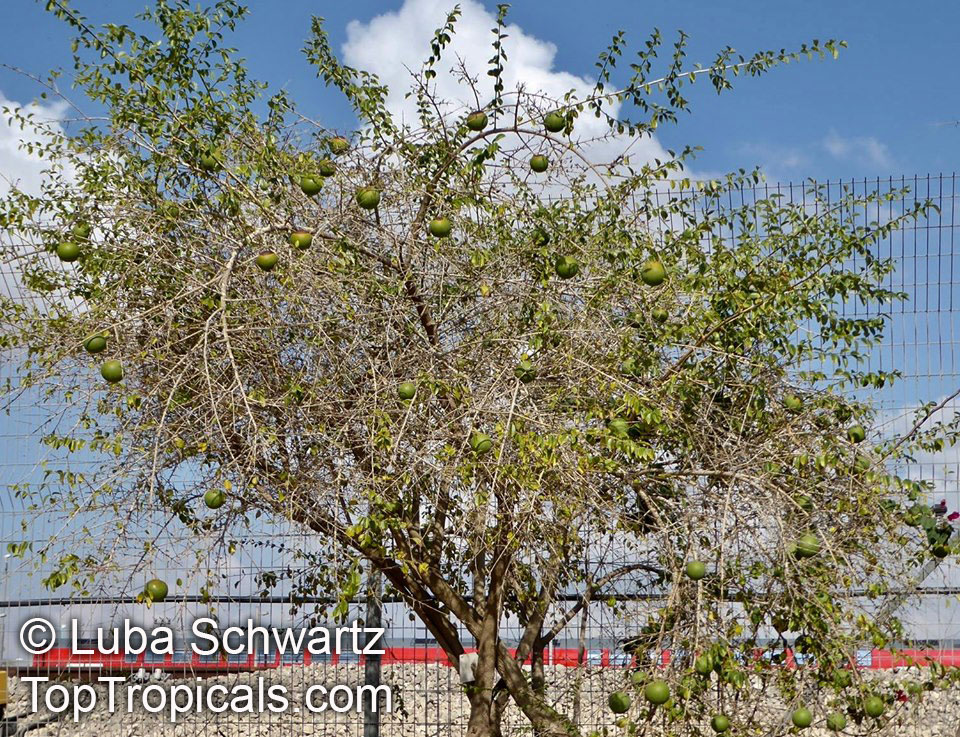
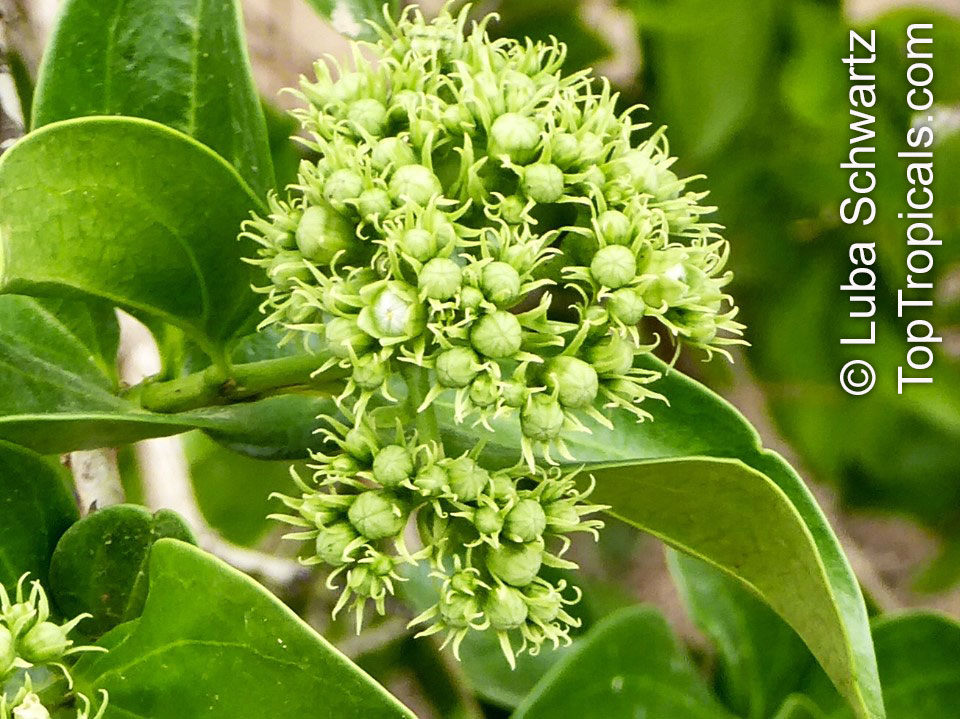
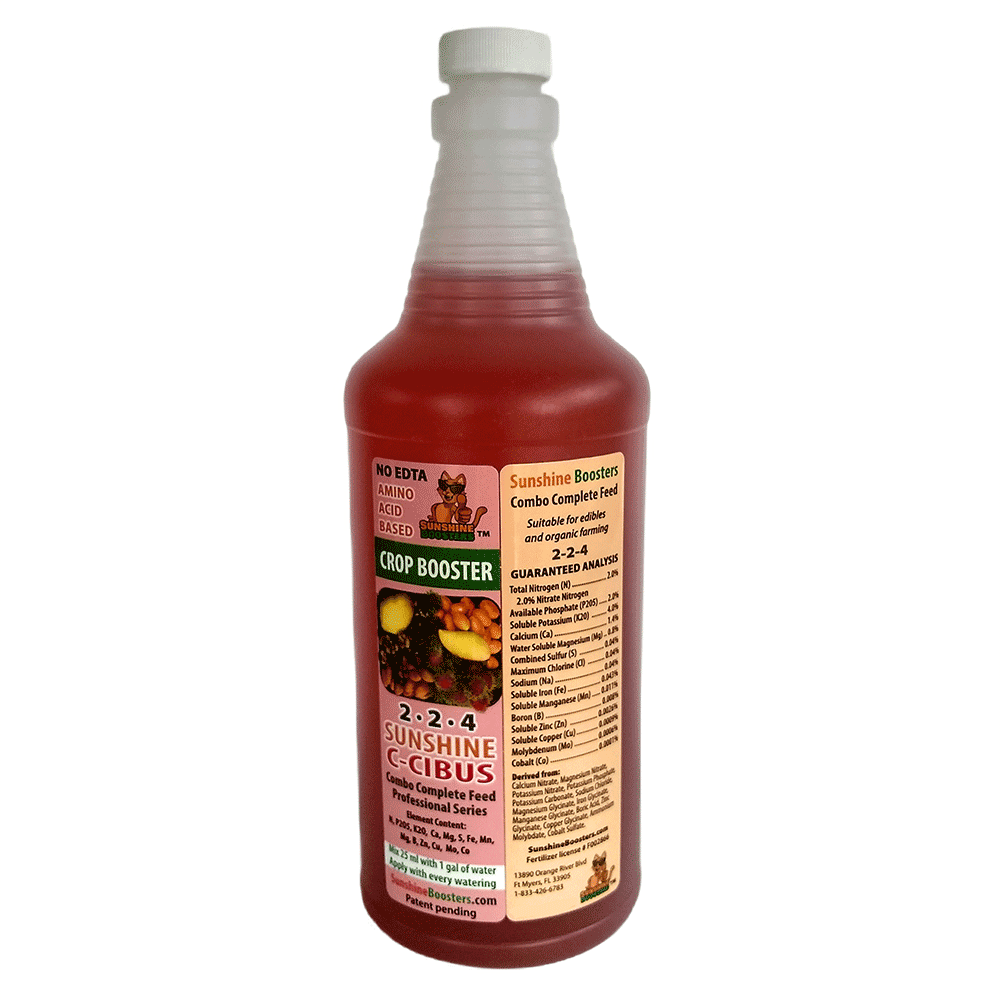 SUNSHINE C-Cibus (NPK 2-2-4) - Crop Booster for every watering.
SUNSHINE C-Cibus (NPK 2-2-4) - Crop Booster for every watering. 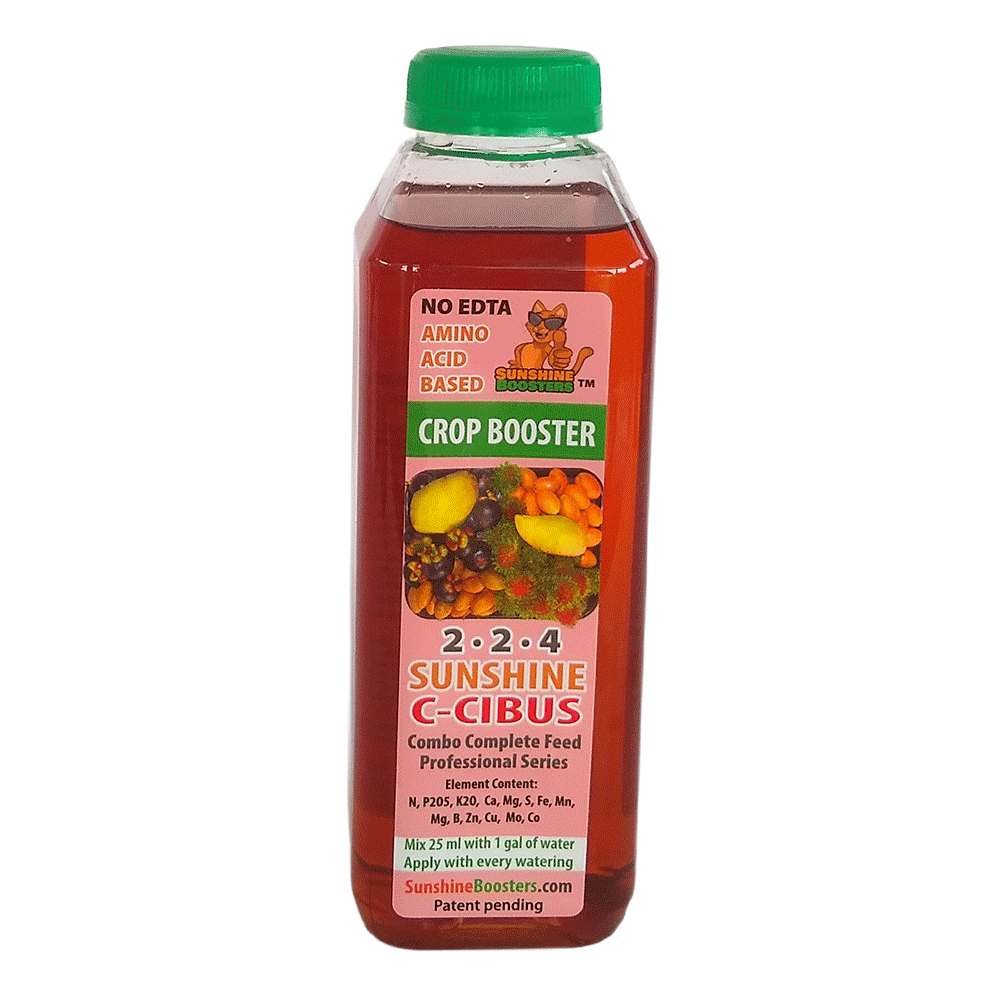 SUNSHINE C-Cibus (NPK 2-2-4) - Crop Booster for every watering.
SUNSHINE C-Cibus (NPK 2-2-4) - Crop Booster for every watering.